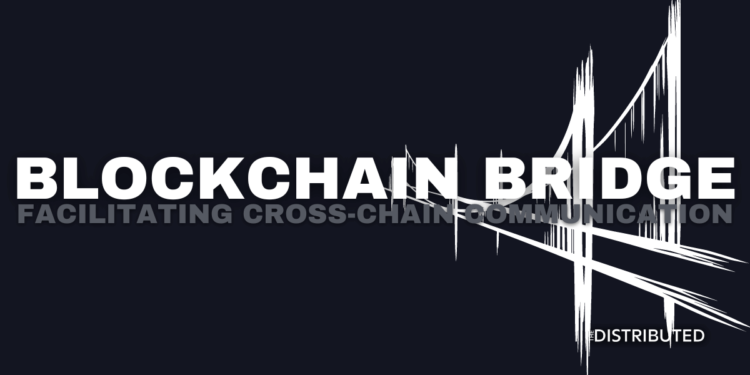What Is A Blockchain Bridge?
Blockchain bridges facilitate the communication and transfer of information across blockchains.[1]Ethereum – Blockchain Bridges Bridges create a “wrapped” token that represents the same token on separate chains, whether layers or sidechains[2]Binance – What’s A Blockchain Bridge? – allowing for it to be used as it would on its original chain, although now with wider access.
How Are Blockchain Bridges Built?
Bridges are built in a trusted or trustless way. Trusted bridges are dependent on a central system to facilitate their operations, putting trust in the organization as they give up custody of their crypto to use their bridge.
Trustless bridges are built using algorithms and smart contracts which facilitate operations. In the sense of being trustless, this is because the same security protecting the bridge, protects the blockchain itself.[3]Ethereum – Blockchain Bridges Using smart contracts also means that users remain in full control of their funds, but their trust lies in how well the smart contract and algorithm was written.
Bridges can be built either one-way or two-way. One-way bridges allow for a token such as Bitcoin to be wrapped on Ethereum as Wrapped Bitcoin, but does not allow for Ethereum to be wrapped on Bitcoin. In turn, Ethereum-Polygon is a two-way bridge that allows for transactions either way and acts as a scalability solution for Ethereum.
Blockchain Interoperability
Blockchains have their own rules called protocols, which govern the system. These protocols define how consensus is maintained within the network and every blockchain is different.
Bridges enable interoperability between various chains, allowing for wider adoption of digital assets and tokens and new products leveraging aspects of various blockchains. As widespread adoption of cryptocurrencies grows, so will the creation of new tokens. Bridges will play a vital part in the interoperability of the current tokens and those to come.
References



